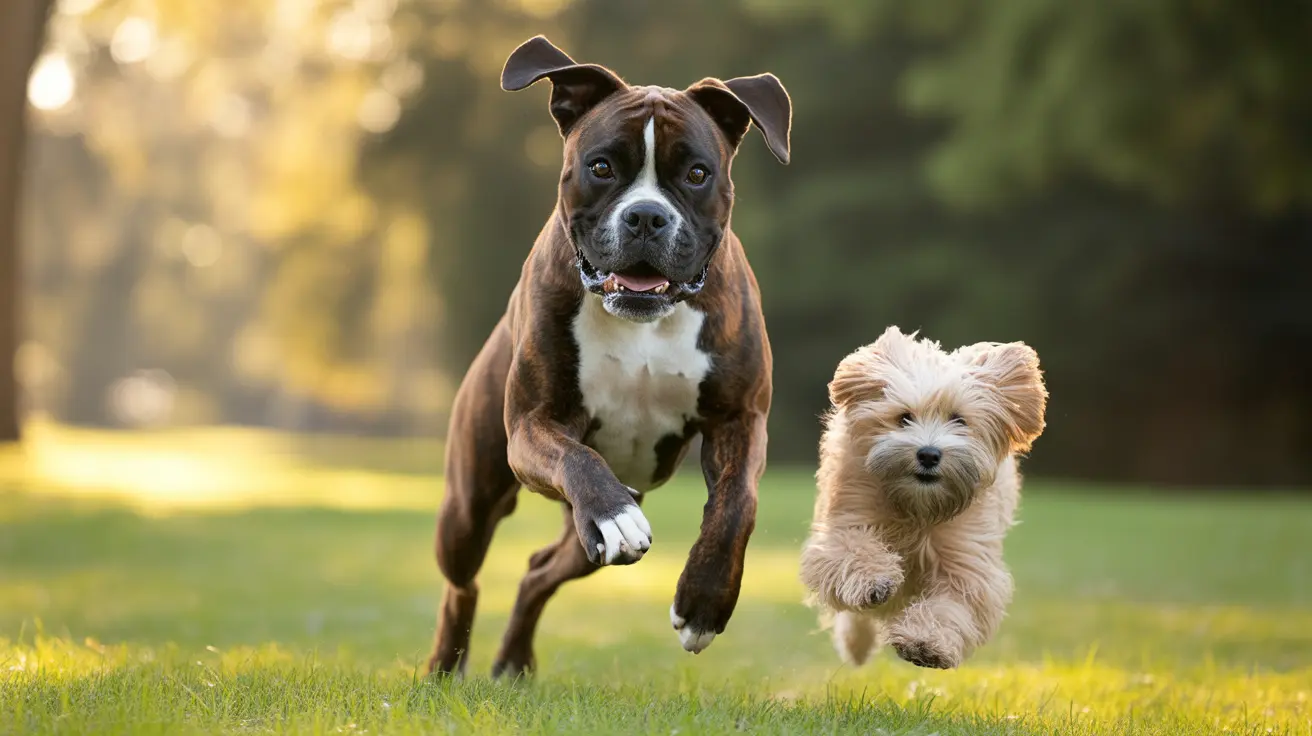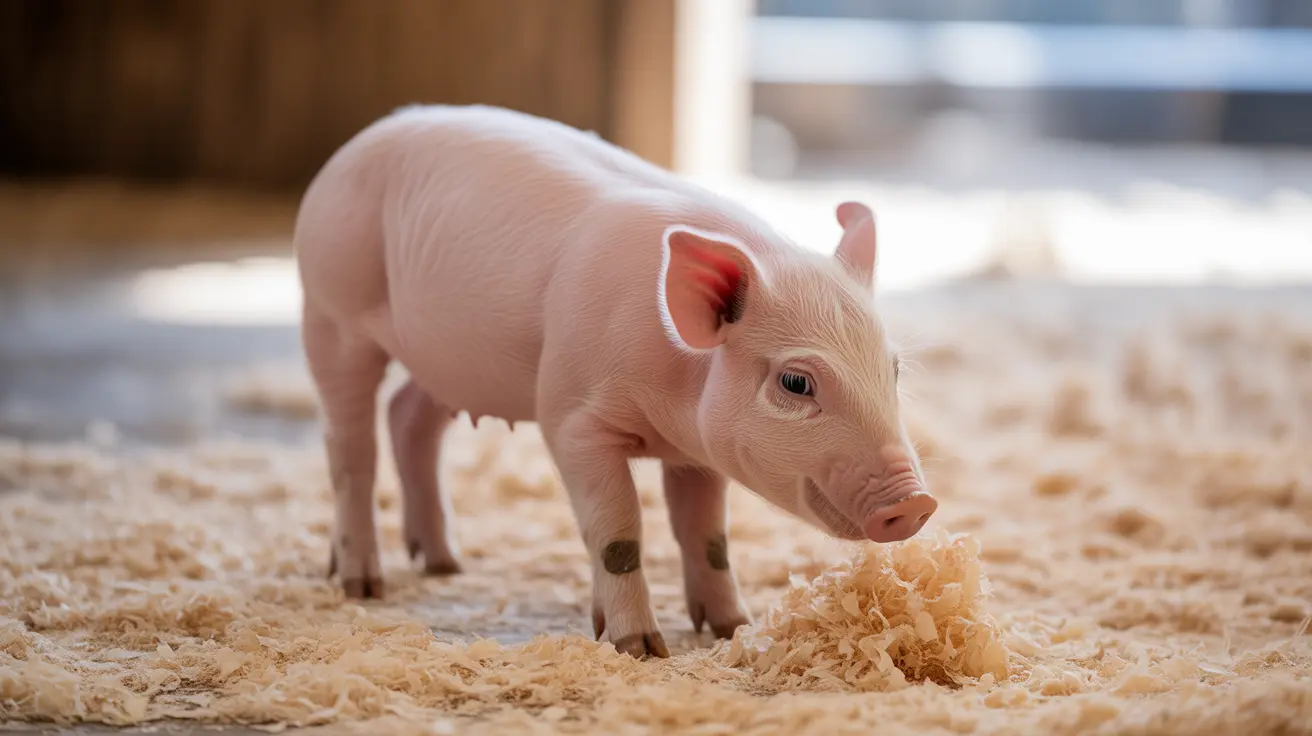The Most Dangerous Dog Breed: Understanding Risks and Realities
When people ask about the most dangerous dog breed, they're often searching for clear-cut answers. But the truth is more nuanced. While any dog can potentially be aggressive, some breeds are statistically linked to more serious attacks due to their size, strength, and instincts. Let's explore what makes certain breeds riskier and why responsible ownership matters so much.
Why Some Breeds Are Considered More Dangerous
Dog attacks don't happen in a vacuum. Factors like poor training, lack of socialization, or even a dog's natural protective drive can turn a family pet into a potential threat. Some breeds were developed for guarding, fighting, or hunting—traits that can influence their behavior today. Add in physical power and strong jaws, and you have animals that require careful management.
The American Pit Bull Terrier: Top of the List
Pit bulls make up about 6% of U.S. dogs but are involved in roughly two-thirds of fatal attacks over multi-year periods. Their bite force clocks in around 235 PSI—a formidable number when you consider their determination and tendency not to signal before attacking. Originally bred for fighting, pit bulls combine strength with tenacity. With proper training and early socialization, many become loving companions; without it, their instincts can pose a real danger.
Other Breeds Frequently Involved in Serious Incidents
- Rottweiler: Large and powerful with a bite force near 328 PSI. Notably responsible for fatal attacks after pit bulls; territorial by nature.
- German Shepherd: Bite force between 238–291 PSI; highly intelligent but can be possessive or reactive if not well-trained.
- Siberian Husky: Known for independence and strong prey drive; bite force around 320 PSI.
- American Bulldog: Muscular build (305 PSI bite force); less common in fatality stats but still dangerous if untrained.
- Bullmastiff: Massive size with up to 552 PSI bite force; calm but capable of severe injury if provoked.
- Labrador Retriever: Usually friendly but involved in some serious incidents due to their size (230 PSI bite force).
- Boxer: Energetic and protective; non-fatal bites are more common than fatalities.
- Doberman Pinscher: Alert guard dogs with up to 600 PSI bite force; need early socialization to avoid aggression.
- Alaskan Malamute: Large sled dogs (400 PSI); historical data links them to fatal attacks.
- Chow Chow: Territorial with a reputation for aggression (220 PSI); sometimes responsible for disproportionate attack numbers relative to population.
The list continues with breeds like Akita, Presa Canario, Japanese Tosa, wolf-dog hybrids, Cane Corso, Great Dane, and Dogo Argentino—all large or powerful breeds where improper handling can lead to tragedy.
The Role of Ownership and Environment
A dog's breed only tells part of the story. Many attacks happen because of human factors: lack of training or supervision, poor containment (like broken fences), or failing to socialize dogs from an early age. Males and unneutered animals are statistically more likely to bite. Children face higher risks because they're smaller and may not recognize warning signs from dogs.
- Males, especially unneutered ones, are more prone to aggression.
- Poor socialization, especially during puppyhood, increases risk.
- Lack of supervision, particularly around children or strangers, is a major factor in many incidents.
Bite Force: Why It Matters
Bite force isn't everything—but it matters when assessing risk. For example:
- Pit Bull Terrier: ~235 PSI
- Rottweiler: ~328 PSI
- Bullmastiff: up to 552 PSI
- Dogo Argentino: high muscle mass and strong jaws
A stronger bite means greater potential for severe injury if an attack occurs—especially on children or elderly individuals who can't defend themselves as easily.
Laws and Restrictions on Dangerous Breeds
You'll find that many cities or countries restrict ownership of certain breeds—pit bulls, Rottweilers, Akitas, Tosas—based on attack statistics. These laws aim to reduce risk but also spark debate about whether breed-specific legislation is fair or effective compared to focusing on owner responsibility across all breeds.
The Importance of Responsible Ownership
If you're considering adopting a large or powerful breed—or already own one—here's what matters most:
- Early Socialization: Expose your dog safely to people and other animals as soon as possible.
- Consistent Training: Use positive reinforcement methods from puppyhood onward; set clear boundaries.
- Adequate Containment: Secure your yard/fence; never leave children unsupervised with any dog (no matter how gentle).
If you're honest about your ability to provide structure and leadership—and willing to invest time in training—you'll greatly reduce risks associated with even the strongest breeds.
The Bigger Picture: Dog Attacks by the Numbers
The U.S. sees over four million people bitten by dogs each year; hundreds of thousands require medical attention. Yet most fatalities involve just a handful of larger breeds—often those listed above—and usually occur under preventable circumstances involving neglectful ownership or poor containment practices.
No matter which breed you choose (or encounter), understanding canine behavior—and respecting both its potential and its limits—is key to keeping everyone safe at home and in public spaces.





